
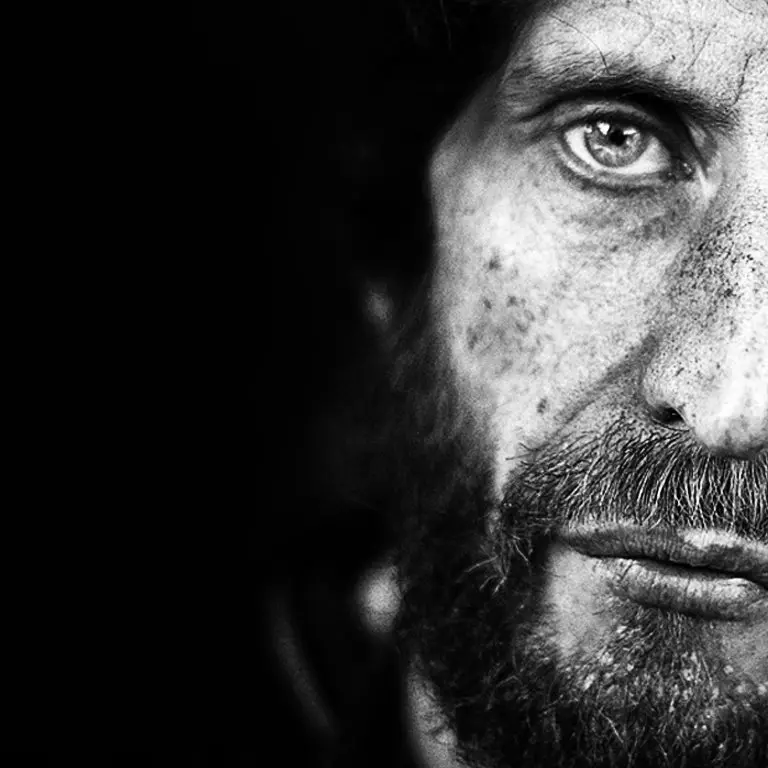



Myopic maculopathy is a form of macular degeneration in people with severe myopia. In myopia, or short-sightedness, the eyeball is larger or longer than average. It is thought that very high myopia results from an abnormal and progressive stretching and elongation of the eyeball. This abnormal and progressive thinning of the layers of the eyeball is called pathological myopia. The retina, and other layers at the back of the eye become so thin that the cells in the retina can die which leads to atrophy and a slow decline in central vision. This myopic atrophy or degeneration secondary to pathological myopia is similar to atrophy, secondary to dry age-related macular degeneration (AMD) and is seen in the elderly population. However, with pathological myopia, changes can start at a much earlier age. Cracks may also appear in the deeper layers under the retina leading to further atrophy, scarring or bleeding under the macula. This is called choroidal neovascularization, secondary to pathological myopia and is similar to choroidal neovascularization secondary to wet age-related macular degeneration (AMD) in the elderly population.
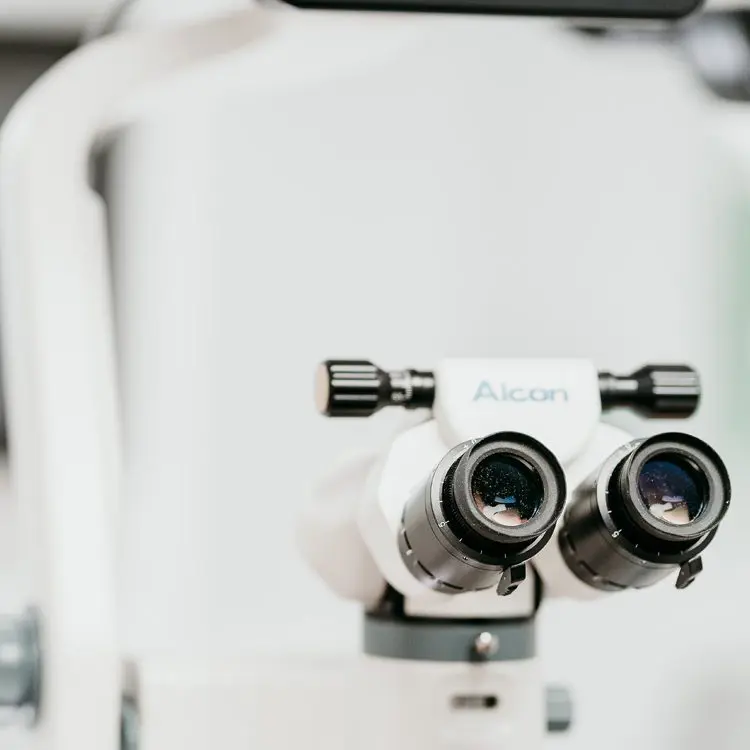
What are the Symptoms?
What are the Causes?
It is thought that Myopic Maculopathy could be an inherited condition as it is found to run in the family. This can be combined with environmental factors such as: frequent close work, poor diet, exposure to light and a low-activity lifestyle. Those with a prescription strength that is higher than -6.0 are at high risk, with those who have a prescription strength of -10 being at even greater risk.
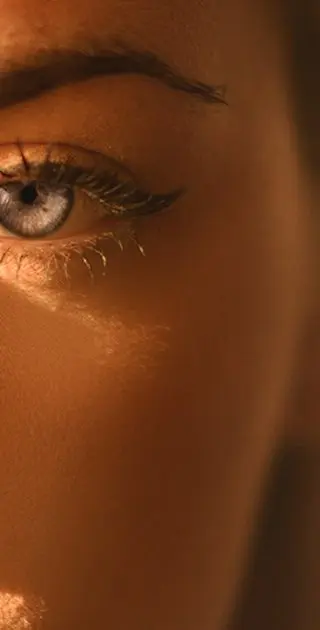
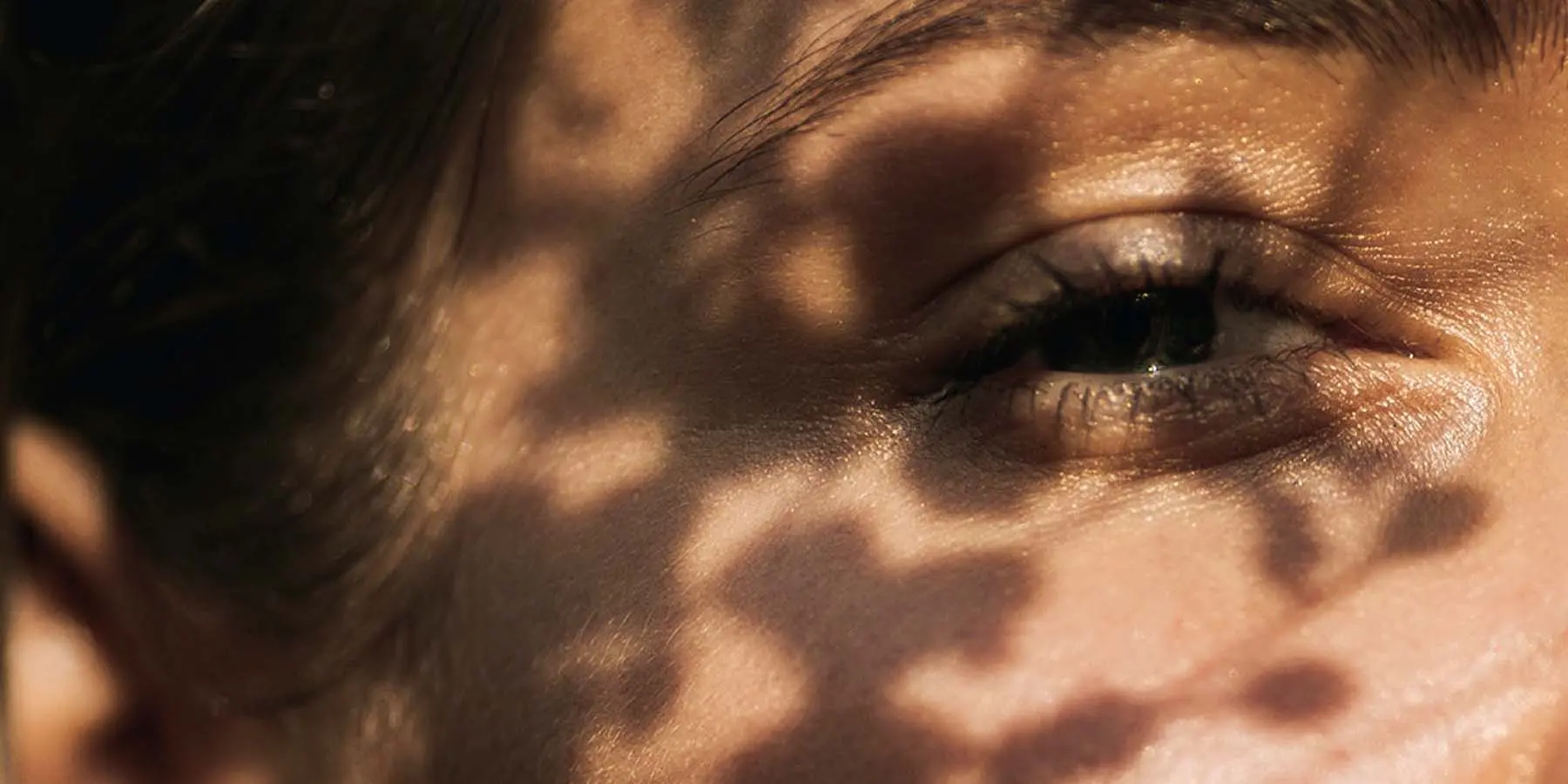
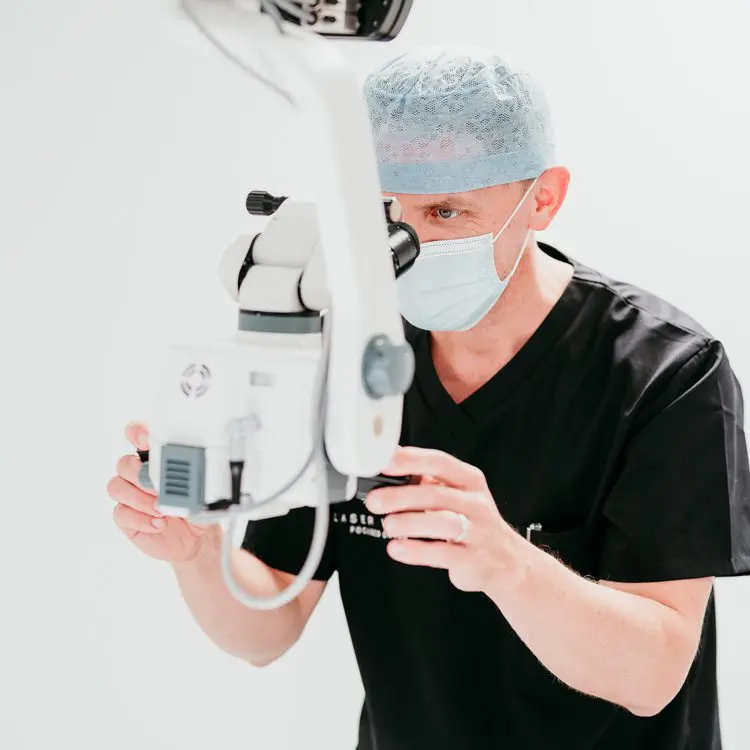
What is the Diagnosis?
Patients with high myopia should undergo regular eye examination with their Laser Vision specialist to monitor the health of the macula and retina. A proportion of patients with myopic maculopathy will not require any treatment and the condition will remain stable. In some, it may cause abnormal blood vessel growth, bleeding and scarring in the macula similar to wet AMD. These patients may benefit from injections of anti-VEGF into the back chamber of the eye to prevent this abnormal blood vessel growth and bleeding. If bleeding does occur, patients may benefit from injection of tissue plasminogen activator (t-PA) which helps to break down the blood clot and minimise any scarring and further damage.
RELATED TREATMENTS
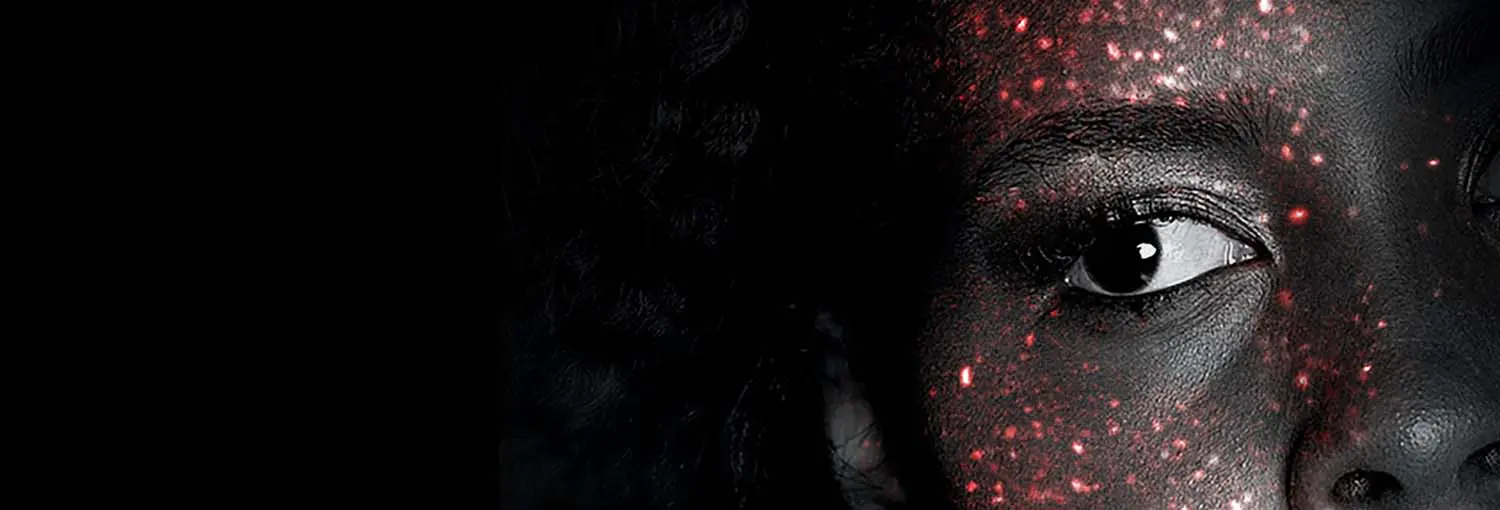
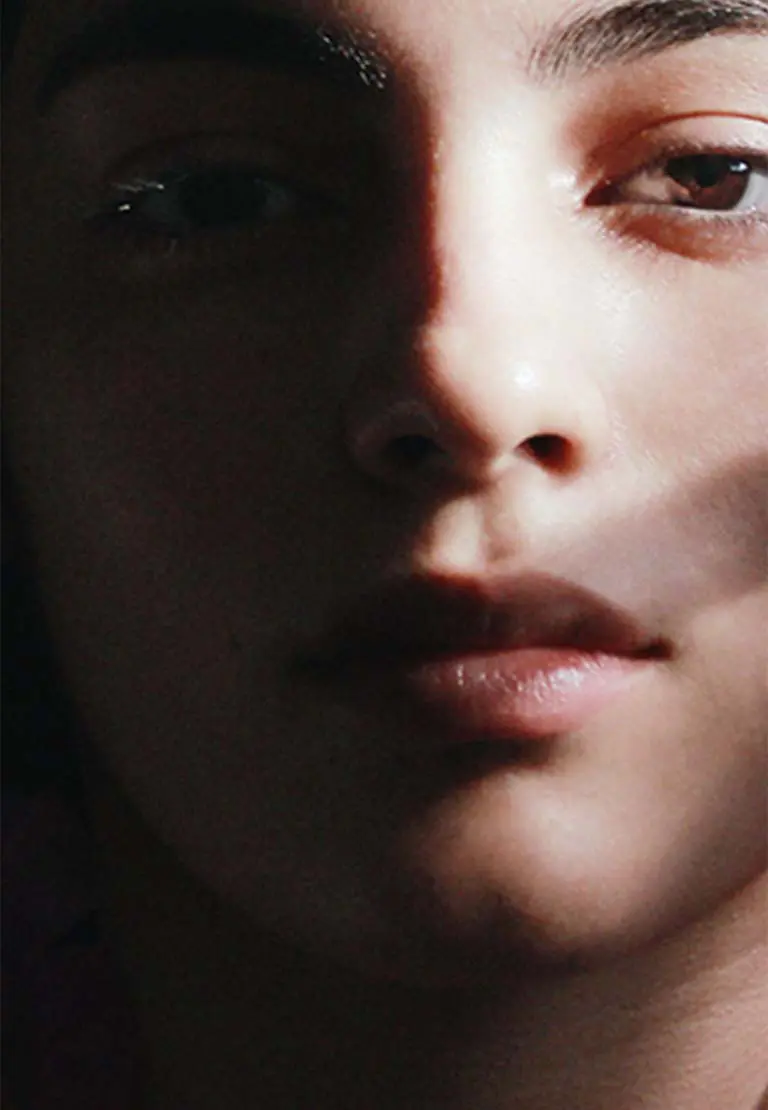
Treatment Options
Choosing the right vision correction clinic for your surgery is paramount. This is a life changing procedure after all, and you need to have complete trust in your surgeon and care team of professionals.
Our Technology
We invest in the latest equipment hand chosen by our surgeons, so that we can deliver outstanding results with the safest surgery possible.